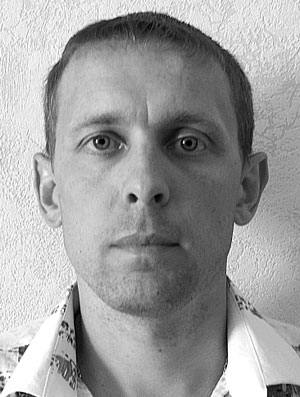Features of Development of Individual Characteristics of Physical Fitness of Young Athletes
Фотографии:
ˑ:
M.Yu. Treskin, Ph.D.
Mordovia State Pedagogical Institute named after M.E. Evsevev, Saransk
Key words: physical fitness, long jumps, due standards, control exercises, individual characteristics, advanced training phase.
Nowadays, in the era of the elite sports achievements, one of the most important questions is the one of the most effective methods of training athletes, which can be used to get maximum results using all the reserves of the body without doing any harm to him. Taking into account that all main physical properties are developed at an early age, the most favorable conditions for the development of all aspects of fitness of the young athlete must be created then, which becomes easier after identifying the individual characteristics of fitness of every particular young athlete. Based on the foregoing, it is assumed appropriate to identify individual features at the stage of advanced sports training, since at this stage of the long-term training process the facts are enough to conclude about the potentialities of a young athlete. In its turn, in addition, it should be noted that thanks to studying the individual characteristics of physical fitness of athletes specializing in speed and strength types of athletics, namely long jumps (V.P. Guba, V.G. Nikitushkin, P.V. Kvashuk et al.), enabled distinguishing three groups dealing with the preferential predominance of specific physical quality that characterizes physical fitness of young long jumpers, namely: the first group - with the dominating speed component in the structure of skills; the second group - strength component and the third - speed-strength component.
The purpose of the present study was to identify individual characteristics of physical fitness of every young athlete, involved in the experiment.
According to the findings of the research, the applied set of control exercises enabled to reveal the individual characteristics of physical fitness of young long jumpers aged 14-16 years.
References
- Zelichenok, V.B. Athletics: selection criteria / V.B. Zelichenok, V.G. Nikitushkin, V.P. Guba. – Moscow: Terra-Sport, 2000. – P. 130–190. (In Russian)
- Kadakin, V.V. Teacher training institute as a basic teacher training center / V.V. Kadakin, T.I. Shukshina // Vysshee obrazovanie v Rossii. –2013. – № 4. – P. 60–68. (In Russian)
- Nikitushkin, V.G. Theory and methodology of youth sport / V.G. Nikitushkin. – Moscow: Fizicheskaya kultura, 2010. – P. 110–150. (In Russian)











